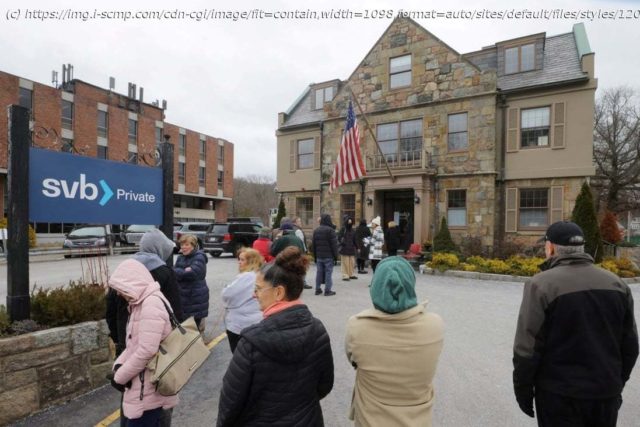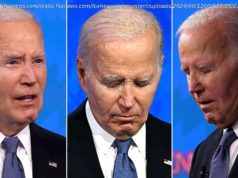Two large banks that cater to the tech industry have collapsed after a bank run, US government agencies are taking emergency measures to backstop the financial system.
Two large banks that cater to the tech industry have collapsed after a bank run, US government agencies are taking emergency measures to backstop the financial system, and President Joe Biden is reassuring Americans that the money they have in banks is safe. It’s all eerily reminiscent of the financial meltdown that began with the bursting of the housing bubble 15 years ago. Yet the initial pace this time around seems even faster. Over the last three days, the US seized the two financial institutions after a bank run on Silicon Valley Bank, based in Santa Clara, California. It was the largest bank failure since Washington Mutual went under in 2008. How did we get here? And will the steps the US government unveiled over the weekend be enough? Why did Silicon Valley Bank fail? Silicon Valley Bank had already been hit hard by a rough patch for technology companies in recent months and the Federal Reserve’s aggressive plan to increase interest rates to combat inflation compounded its problems. The bank held billions of dollars worth of Treasuries and other bonds, which is typical for most banks as they are considered safe investments. However, the value of previously issued bonds has begun to fall because they pay lower interest rates than comparable bonds issued in today’s higher interest rate environment. SVB collapse: Hong Kong to benefit from pause in US interest rate hikes That’s usually not an issue either because bonds are considered long term investments and banks are not required to book declining values until they are sold. Such bonds are not sold for a loss unless there is an emergency and the bank needs cash. Silicon Valley, the bank that collapsed Friday, had an emergency. Its customers were largely start-ups and other tech-centric companies that needed more cash over the past year, so they began withdrawing their deposits. That forced the bank to sell a chunk of its bonds at a steep loss, and the pace of those withdrawals accelerated as word spread, effectively rendering Silicon Valley Bank insolvent. How did the US government respond? The Federal Reserve, the US Treasury Department, and Federal Deposit Insurance Corporation decided to guarantee all deposits at Silicon Valley Bank, as well as at New York’s Signature Bank, which was seized on Sunday. Critically, they agreed to guarantee all deposits, above and beyond the limit on insured deposits of US$250,000. Many of Silicon Valley’s start-up tech customers and venture capitalists had far more than US$250,000 at the bank.






